0
- ONLINE GROCERY
- OUR HISTORY
- BLOG
- CONTACT
- MY ACCOUNT
- PRO
The "real" peppers are Piper (which means "pepper"). There are over 2000 species of pepper, of which we distinguish four main ones: Piper nigrum L. (Sarawak black pepper), Piper longum (Java long pepper), Piper cubeba (Cubeb pepper) and Piper borbonense (Madagascar peppers such as Voatsiperifery).
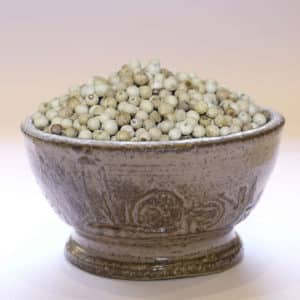
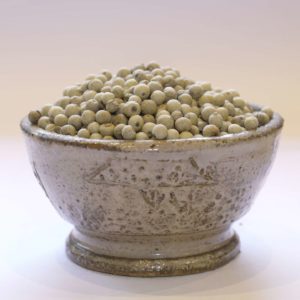
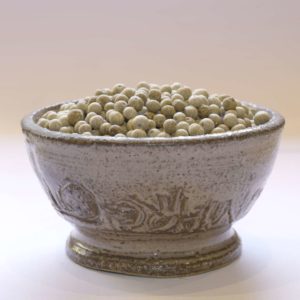
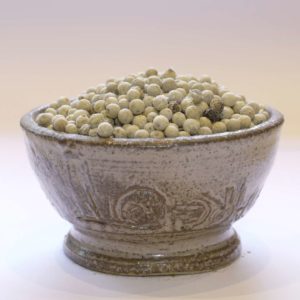
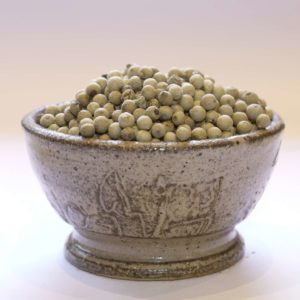
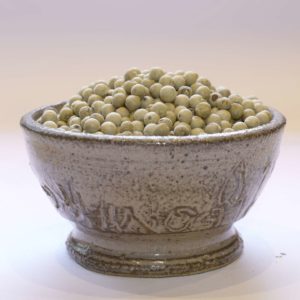
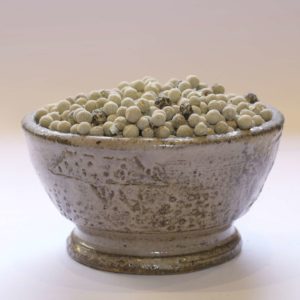
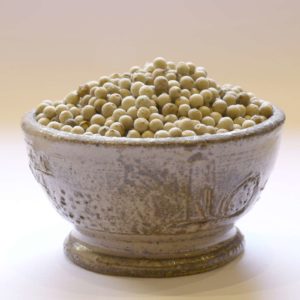
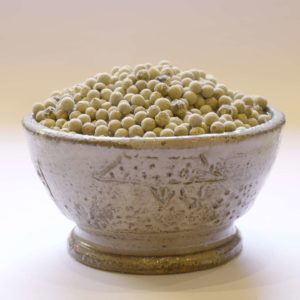
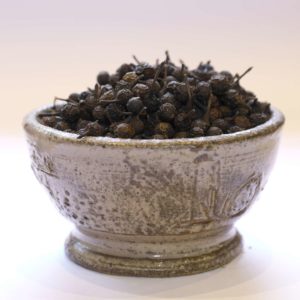
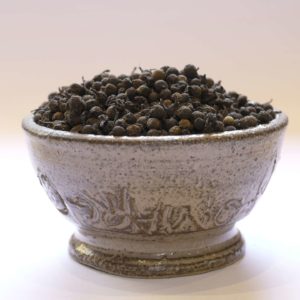

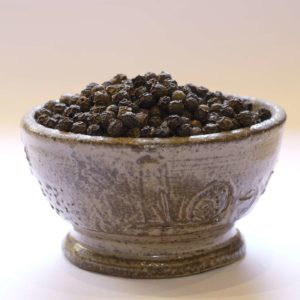
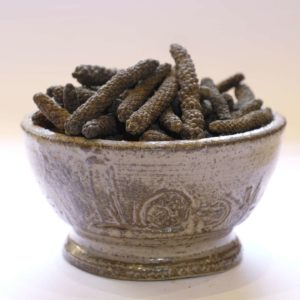
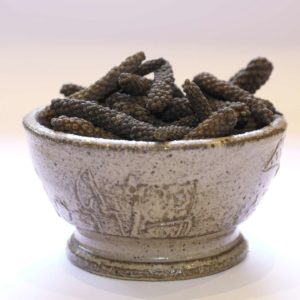
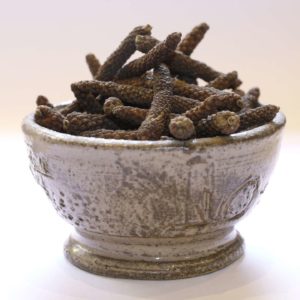
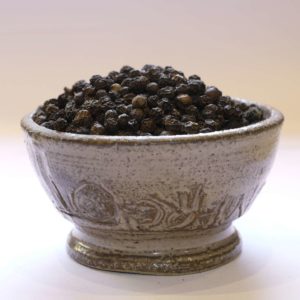
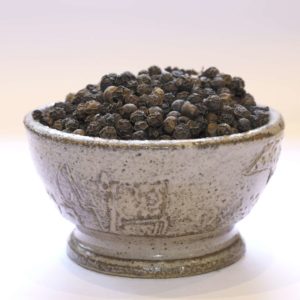
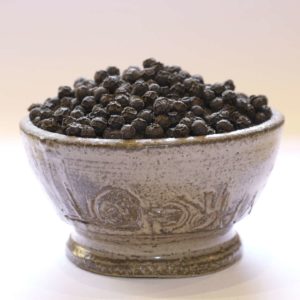
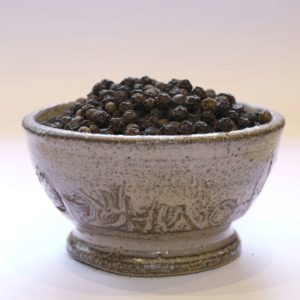
Introduced by mankind on every continent for centuries, the Piper, and more precisely the Piper Nigrum, is what we call the origin of pepper, the real pepper. First cultivated in south-west India, in Kerala, on the Malabar coast where we can find the town of Tellichery, the pepper plant is grown in Asia, in Cambodia and Vietnam, but also in Indonesia, in Sumatra on the island of Java, then it crossed the oceans to find itself in Africa, in Cameroon, and as far as Brazil across the Atlantic Ocean.
Pepper is the fruit of the pepper plant, a vine that grows on a stake to support its growth. Native to the Malabar coast, pepper fruit can be black, white-green, red or grey, but it's all the same fruit. This change in condition is the result of late or early harvesting and processing.
A pepper plant produces beautiful fresh bunches of green pepper, which turn red 5 to 6 months later, reaching full maturity in the ninth month. Green pepper is the first pepper to be harvested, and is placed in brine to preserve it, but it can also be dried and used in sauces. Black pepper is harvested in the ninth month and dried on the ground under the sun. White pepper is black (or red) pepper from which the outer husk (pericarp) has been removed after several soakings in water. Red pepper is harvested when ripe and placed in the dark so that it is no longer exposed to the sun's rays, thus preserving all its organoleptic properties.
|
L'atelier ferme du 17 au soir au 10 août inclus. Derniers envois le 16 juillet. Vous pouvez cependant passer vos commandes durant cette période pour une expédition dès notre retour. |